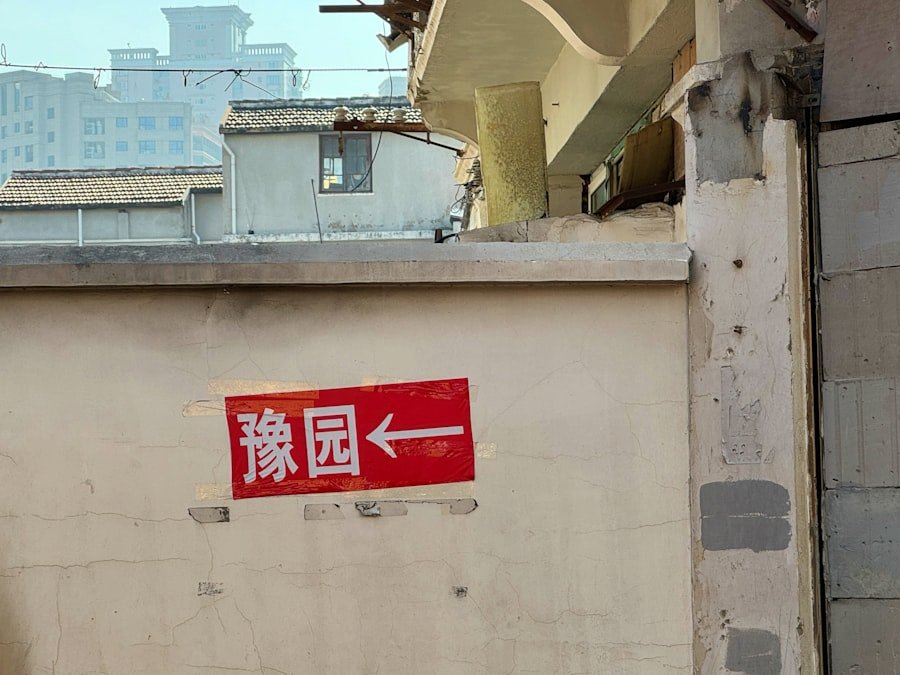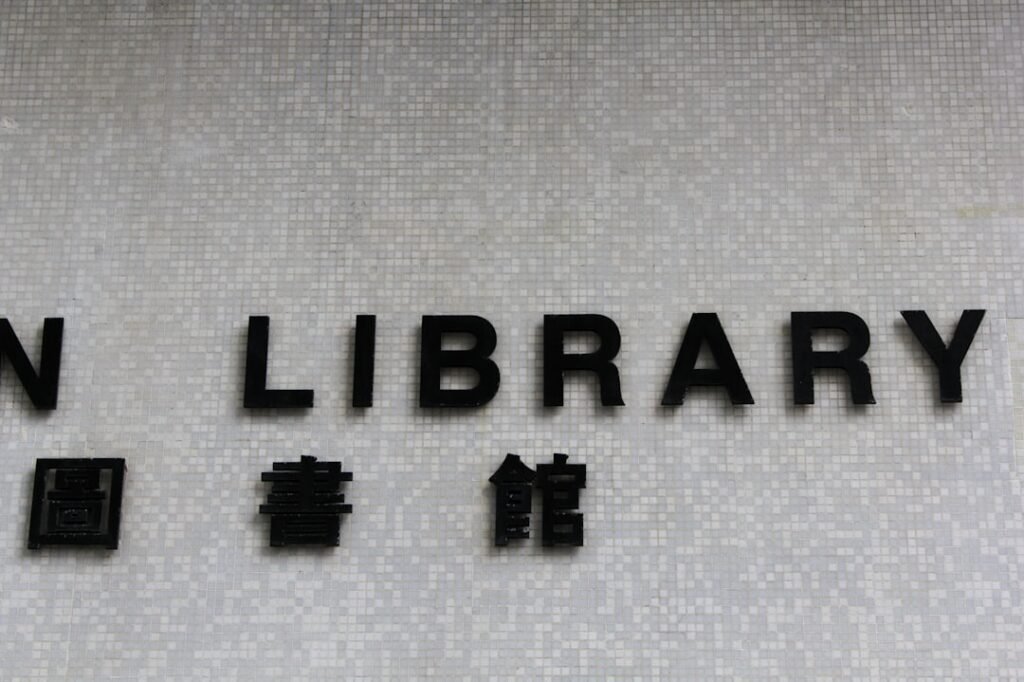Chinese calligraphy is an ancient art form that transcends mere writing; it is a visual representation of the beauty and complexity of the Chinese language. At its core, calligraphy is about more than just forming characters; it embodies the philosophy, culture, and history of China. The practice involves using a brush, ink, and paper to create expressive characters that convey not only meaning but also emotion and aesthetic appeal.
Understanding the basics of this art form is essential for anyone wishing to delve deeper into its intricacies. The fundamental elements of Chinese calligraphy include the brush, ink, paper, and the technique employed by the calligrapher. Each of these components plays a crucial role in the final outcome of the artwork.
The brush, typically made from animal hair, allows for a range of strokes and styles, while the ink, traditionally made from soot and water, provides depth and richness to the characters. The paper, often rice or Xuan paper, absorbs ink differently, affecting the overall appearance of the calligraphy. By mastering these basics, one can begin to appreciate the nuances that make Chinese calligraphy a revered art form. Master the art of Chinese calligraphy. Enroll now at the LC Chinese School in Oslo.
Table of Contents
ToggleSummary
- Chinese calligraphy is an ancient art form that requires a deep understanding of brush control and ink flow.
- Brush control is crucial in Chinese calligraphy as it determines the thickness, texture, and emotion conveyed in the strokes.
- Developing a light touch is essential for creating delicate lines in Chinese calligraphy, adding grace and elegance to the characters.
- Harnessing the power of pressure is important for creating bold and expressive strokes that convey strength and confidence.
- Practicing precision and consistency in brush movements is key to mastering Chinese calligraphy and achieving balance and harmony in composition.
The Importance of Brush Control in Chinese Calligraphy
Brush control is perhaps the most critical skill a calligrapher must develop. It is the ability to manipulate the brush with precision and intention that distinguishes a novice from a master. Good brush control allows for the creation of varied strokes, from delicate lines to bold sweeps, each contributing to the overall composition of the piece.
Without this control, even the most beautiful characters can appear clumsy and unrefined. To achieve mastery in brush control, one must engage in consistent practice and develop an understanding of how different movements affect the outcome of each stroke. This involves not only physical dexterity but also mental focus.
A calligrapher must learn to be present in the moment, allowing their intuition to guide their hand while maintaining a steady grip on the brush. This balance between control and fluidity is what ultimately brings life to the characters being formed.
Developing a Light Touch for Delicate Lines

A light touch is essential for creating delicate lines in Chinese calligraphy. These fine strokes often serve as the foundation for more complex characters and can significantly enhance the overall aesthetic of a piece. Developing this skill requires patience and practice, as it involves learning to apply just the right amount of pressure to the brush.
To cultivate a light touch, one can start by practising simple strokes on scrap paper. Focusing on maintaining a gentle grip and allowing the brush to glide across the surface can help in achieving those fine lines. It is also beneficial to observe how experienced calligraphers execute delicate strokes, noting their hand movements and pressure application.
Over time, with consistent practice, one can develop a natural ability to create elegant lines that flow seamlessly into their work.
Harnessing the Power of Pressure for Bold Strokes
In contrast to delicate lines, bold strokes require a different approach to brush control. The application of pressure is crucial in creating these striking elements within a piece of calligraphy. Bold strokes not only add emphasis but also contribute to the overall balance and composition of the artwork.
Understanding how to harness this power effectively can elevate one’s calligraphy from ordinary to extraordinary. To master bold strokes, one must experiment with varying degrees of pressure while practising different characters. This experimentation allows for an understanding of how pressure affects ink flow and line thickness.
A firm grip combined with a confident movement can produce powerful strokes that command attention. Additionally, observing how pressure is applied in traditional calligraphy can provide valuable insights into achieving that perfect balance between strength and grace.
Practicing Precision and Consistency in Brush Movements
Precision and consistency are vital components in developing one’s skills in Chinese calligraphy. Each character has its own unique structure and requires careful attention to detail. A slight deviation in stroke order or angle can alter the character’s meaning or aesthetic appeal.
Therefore, practising precision is essential for any aspiring calligrapher. To enhance precision, one can engage in repetitive exercises that focus on specific characters or strokes. This method allows for muscle memory to develop, leading to more consistent results over time.
Additionally, utilising grid paper or guides can help maintain uniformity in size and spacing. As one becomes more adept at producing precise strokes, their confidence will grow, leading to more expressive and dynamic compositions.
Mastering the Art of Ink Flow and Loading the Brush

The art of ink flow is another critical aspect of Chinese calligraphy that requires careful attention. Properly loading the brush with ink ensures that each stroke has the right amount of saturation and consistency. An understanding of how much ink to apply can significantly impact the overall appearance of the characters being created.
To master ink flow, one should practice loading the brush with varying amounts of ink and observing how it affects stroke quality. A well-loaded brush should allow for smooth transitions between thick and thin lines without excessive pooling or dryness. Experimenting with different types of ink can also provide insights into how various consistencies affect brush performance.
Ultimately, mastering ink flow will lead to more fluid and dynamic calligraphy.
Techniques for Creating Varied Line Thickness and Texture
Creating varied line thickness and texture is essential for adding depth and interest to Chinese calligraphy. This technique involves manipulating both pressure and speed during brush strokes to achieve different effects. By mastering this skill, a calligrapher can create visually captivating pieces that draw the viewer’s eye.
One effective technique for achieving varied line thickness is to practice “lifting” the brush at certain points during a stroke. This action allows for a gradual transition from thick to thin lines, creating a sense of movement within the character. Additionally, experimenting with different brush angles can yield unique textures that enhance the overall composition.
By incorporating these techniques into their practice, calligraphers can develop a distinctive style that reflects their artistic voice.
Using Wrist and Arm Movements to Control Brush Strokes
The movements of one’s wrist and arm play a significant role in controlling brush strokes in Chinese calligraphy. While finger dexterity is important for fine control, larger movements from the wrist and arm are essential for creating sweeping strokes and maintaining fluidity throughout a piece. Understanding how to coordinate these movements can greatly enhance one’s calligraphic skills.
To improve wrist and arm movements, one can engage in exercises that focus on large sweeping motions before refining them into smaller strokes. Practising with larger brushes or on larger sheets of paper can help develop this coordination. As one becomes more comfortable with these movements, they will find it easier to create dynamic compositions that convey energy and emotion.
Incorporating Balance and Harmony in Calligraphy Composition
Balance and harmony are fundamental principles in Chinese calligraphy that contribute to its aesthetic appeal. A well-composed piece should feel cohesive, with each character complementing the others in terms of size, spacing, and style. Achieving this balance requires careful consideration during both planning and execution stages.
To incorporate balance into one’s work, it is helpful to study traditional compositions and understand how experienced calligraphers achieve harmony within their pieces. Practising with different layouts can also provide insights into how spacing affects overall composition. By focusing on creating a sense of unity among characters, one can elevate their calligraphy from mere writing to an art form that resonates with viewers.
The Role of Brush Control in Conveying Emotion and Meaning
Brush control is not only about technical skill; it also plays a crucial role in conveying emotion and meaning within Chinese calligraphy. The way a character is formed can evoke different feelings or interpretations based on stroke quality and style. A masterful calligrapher understands how to use brush control to infuse their work with personal expression.
For instance, bold strokes may convey strength or passion, while delicate lines might evoke gentleness or serenity. By being mindful of how each stroke contributes to the overall message of their work, calligraphers can create pieces that resonate deeply with viewers. This emotional connection is what makes Chinese calligraphy such a powerful art form.
Tips and Exercises for Improving Brush Control in Chinese Calligraphy
Improving brush control in Chinese calligraphy requires dedication and consistent practice. Here are some tips and exercises that can aid in this journey: 1. **Repetitive Stroke Practice**: Focus on individual strokes or characters repeatedly until they become second nature.
2.
**Use Grid Paper**: Practising on grid paper helps maintain uniformity in size and spacing.
3. **Experiment with Different Brushes**: Different brushes offer varied experiences; experimenting with them can enhance your adaptability.
4. **Record Your Progress**: Keeping a journal of your practice sessions allows you to track improvements over time.
5.
**Join a Calligraphy Class**: Engaging with others who share your passion can provide valuable feedback and inspiration. For those looking to deepen their understanding of Chinese calligraphy further, consider enrolling in courses at LC Chinese School in Oslo. Their dedicated programmes focus on various aspects of this beautiful art form, including brush control techniques tailored for all skill levels.
With experienced instructors guiding you through each step, you will have ample opportunity to refine your skills while immersing yourself in Chinese culture. In conclusion, mastering Chinese calligraphy is an enriching journey that combines technical skill with artistic expression. By understanding the fundamentals of brush control, developing precision in movements, and incorporating emotional depth into your work, you can create stunning pieces that reflect both your personal style and cultural heritage.
Whether you are a beginner or an experienced practitioner, there is always room for growth in this timeless art form at LC Chinese School in Oslo.
Master the art of Chinese calligraphy. Enroll now at the LC Chinese School in Oslo.







